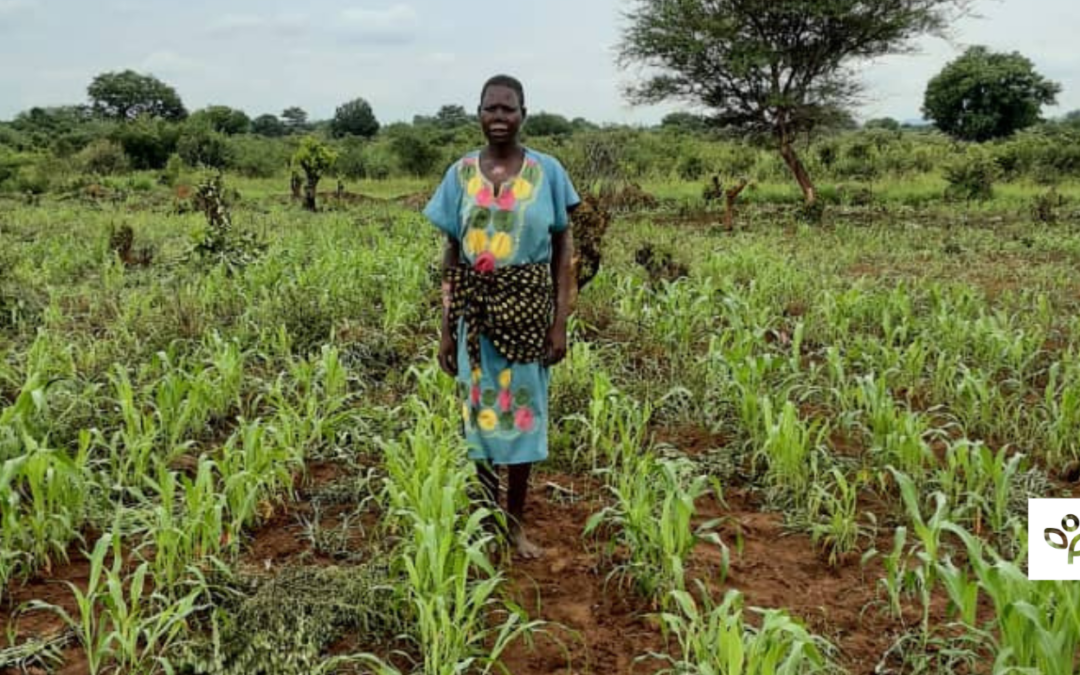Lift Up the Vulnerable develops partnerships and collaborations as strategic alliances between other nonprofits and related organizations to make collective impacts in warzones. We work within an appropriate cultural context to creatively address the issues affecting the vulnerable and, together, with the essential insights from our indigenous partners, we determine specific steps and strategies to provide consistent, sustainable care for the most vulnerable. with the intent to increase organizational capacity in an effort to maximize service impacts.
We are so thankful for our strategic partner Rise Against Hunger!
South Sudan currently faces one of the world’s worst food crises. A 20-year civil war claimed 1.5 million lives and displaced 4 million people before South Sudan gained independence in 2011, and continued internal conflict undermines fragile food systems. Just a few miles from where the first shots of war were fired, sits Hope for South Sudan, one of LUV’s anti-trafficking network locations that is working to protect and empower over 400 children at-risk to human trafficking for a future in which they build peace rather than conflict.
To assist Hope for South Sudan and the surrounding community in achieving food security, improved nutrition and economic independence, Rise Against Hunger and Lift Up the Vulnerable are implementing the Empowering Leaders through Nutrition-Smart Agriculture project. This five-year initiative aims to build capacity in crop production for consumption and income generation, and increase dietary diversity for improved nutrition among school and community participants. The project focuses on behavior change communication, animal husbandry, conservation agriculture and crop diversification.
Since 2020, this project has expanded the HFSS Farm from 20 acres to nearly 130 acres. In 2023, the HFSS farm successfully produced 75% of their own food for consumption from a variety of 25 fruits, vegetables, beans, cereals, and honey, while maintaining zero malnutrition rates for all students (including ones that live in the community).
